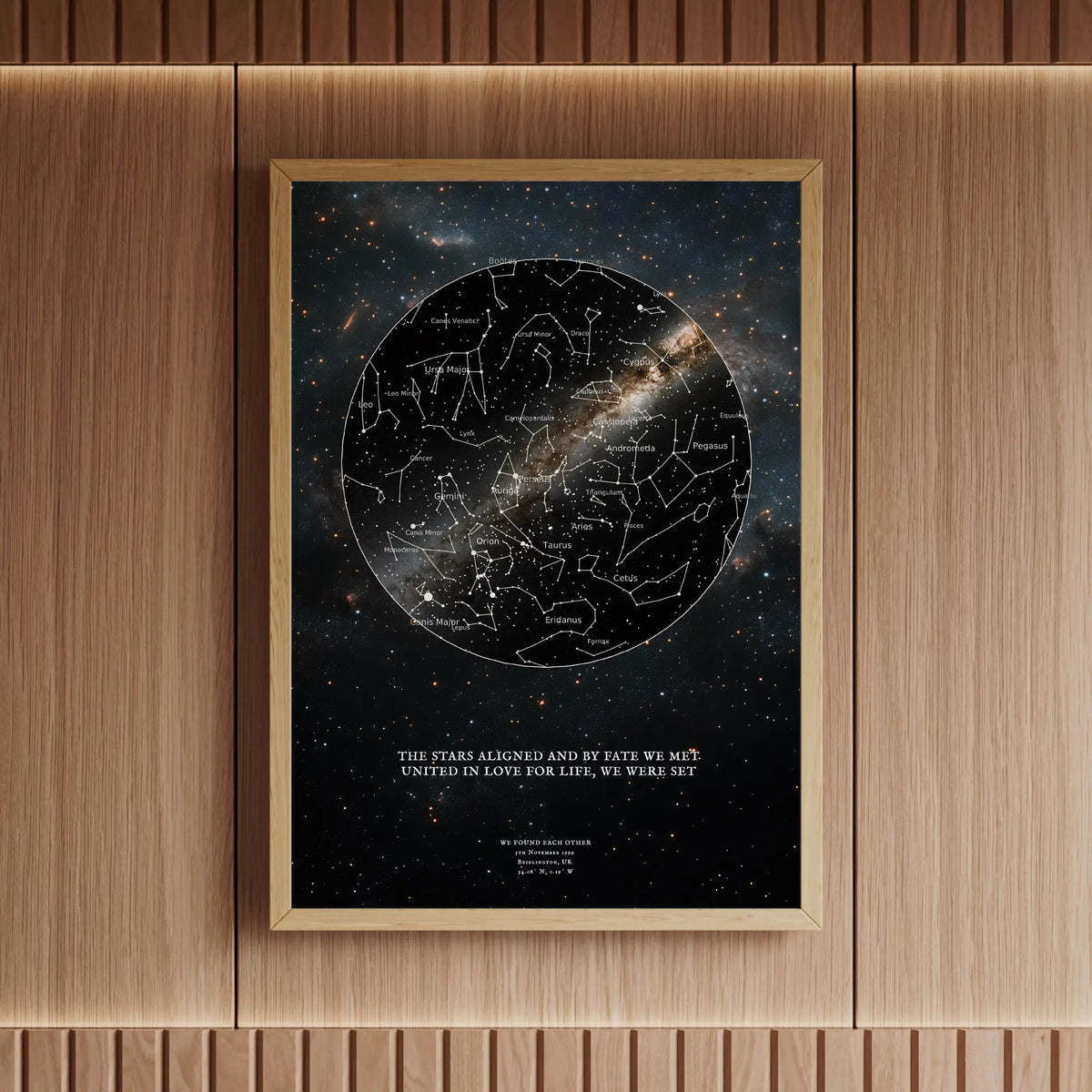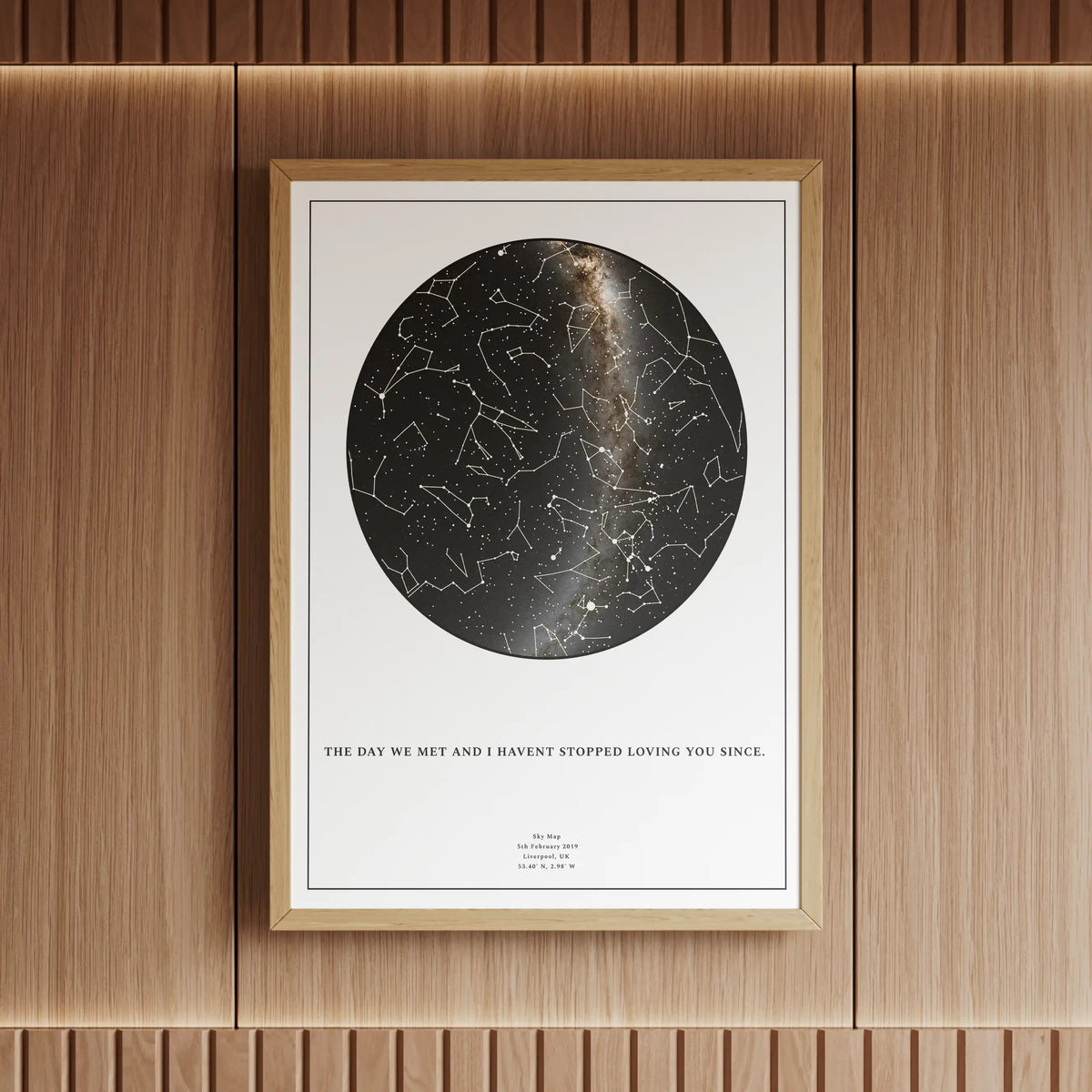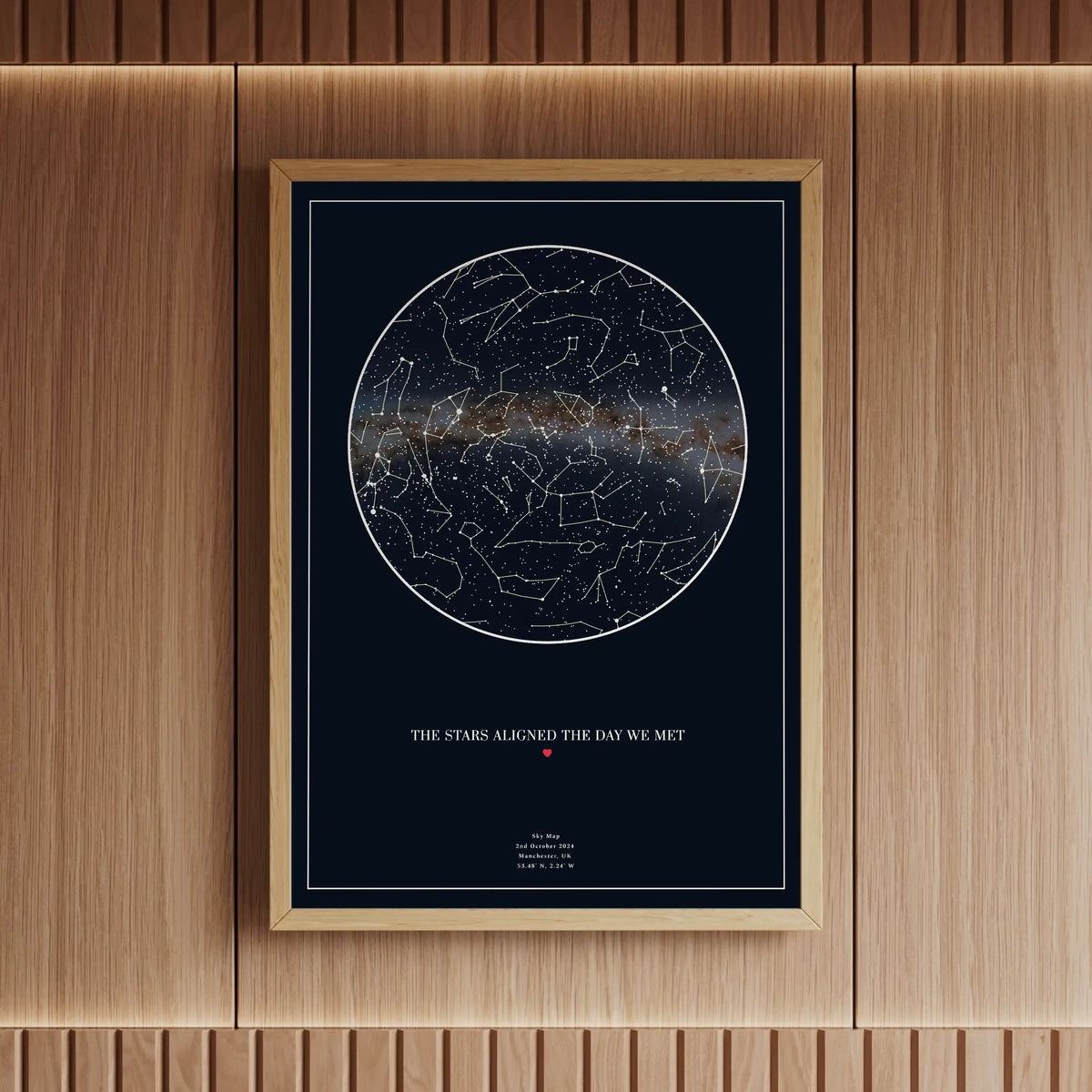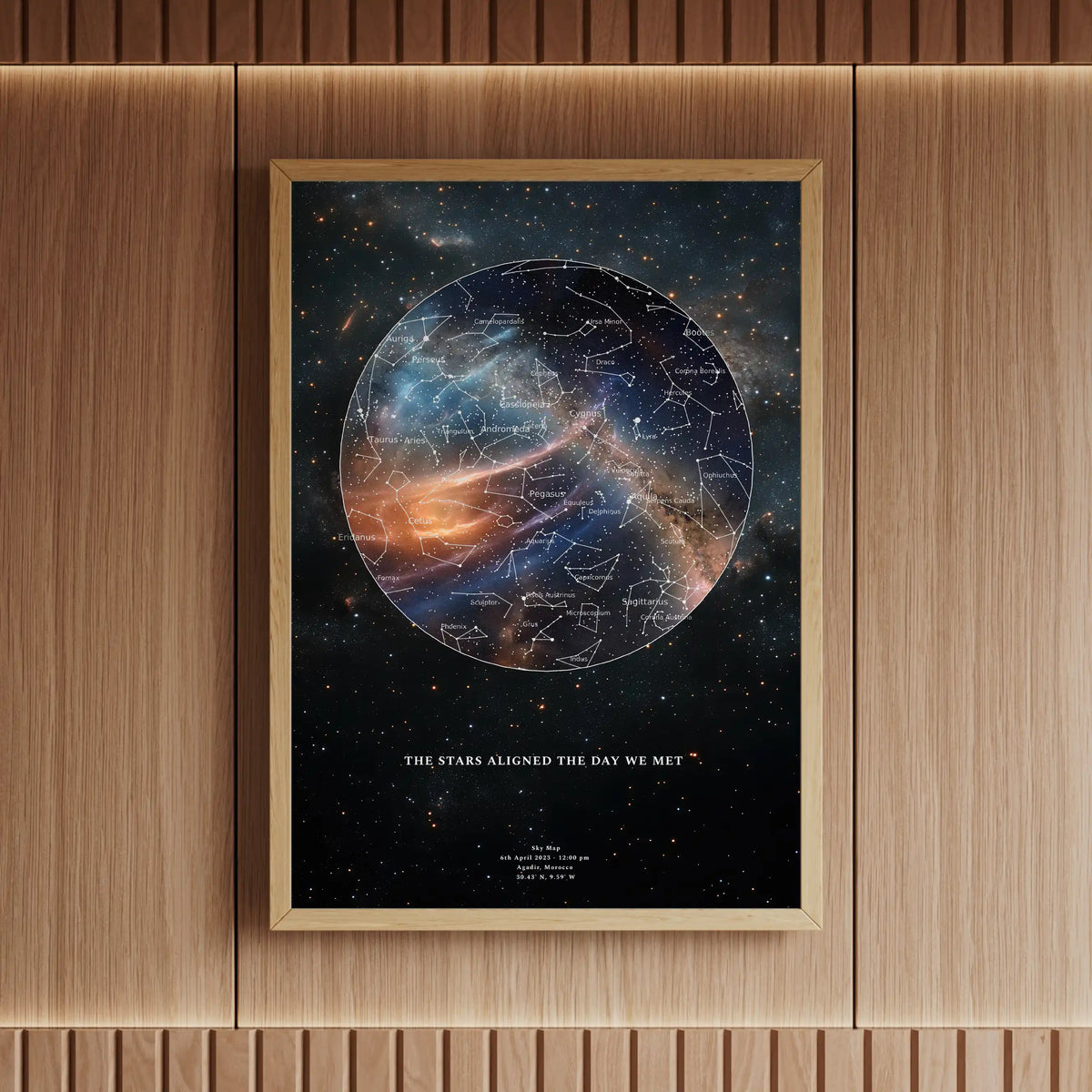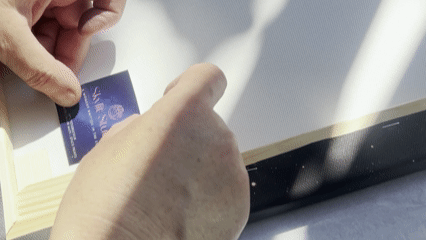Nearly 47 years ago, Voyager 1 was launched to explore our Solar System—and today, it continues to astound. Now, it’s unveiled a “Wall of Fire”: a superheated plasma shell at the heliopause where the solar wind collides with the interstellar medium. This isn't just science fiction—it’s the next chapter in our understanding of the Sun’s boundary.
Introduction
Voyager 1, humanity’s farthest-reaching spacecraft, has reached a final frontier: the heliopause. It’s here that the Sun’s influence gives way to vast interstellar space. But now, Voyager has revealed something extraordinary—a fiery wall of plasma that glows at the boundary.
What Is the “Wall of Fire”?
Commonly known as the heliopause, this boundary lies roughly 150 Astronomical Units from the Sun, where solar wind pressure meets that of interstellar gas. Voyager 1’s instruments detected a shell of superheated plasma—a charged, high-energy region defying expectations of a calm void.
Voyager’s Journey
Launched in 1977, Voyager 1 explored Jupiter, Saturn, and Titan before entering interstellar space in 2012. Now nearly 14 billion miles from Earth, it still sends back vital measurements of particles and magnetic fields. The discovery of a plasma “wall” reshapes our understanding of how the Sun’s heliosphere interacts with galactic conditions.
“It’s a fiery frontier—a boundary that’s alive, charged and telling a story of space itself.”
Scientific Impact
This plasma layer offers clues about how cosmic rays are deflected and how interstellar particles infiltrate our bubble. Improved heliophysics models aid future mission design, deep-space navigation and even strategies for interstellar travel. Understanding this boundary could also explain how other stars sculpt their cosmic neighbourhoods.
Proba‑3 & Eclipse Innovation
Meanwhile closer to home, ESA’s Proba‑3 mission has achieved the first artificial eclipse in space. Two satellites flying in tight formation block the Sun’s disc, revealing coronal storms and solar flares with unprecedented clarity. This method provides sustained totality—over 1,000 hours—enabling new insights into space weather that affect Earth.
The IMAP Mission
Set to launch in September 2025, NASA’s IMAP will station itself at the L1 point between Earth and Sun. Its suite of ten instruments will monitor how solar wind particles are accelerated and deflected at the heliosphere’s edge—directly building on Voyager 1’s pioneering measurements.
A Skylit Studio Perspective
Our star maps showcase the constellations visible in our night sky, but Voyager teaches us that the story extends far beyond. Every line and curve on our maps is an invitation to explore the cosmic frontier—from fiery edges to deep-space wonders.
Create Your Star MapConclusion
Voyager 1’s “Wall of Fire”, Proba‑3’s eclipse innovation and the upcoming IMAP mission together herald a new era in heliophysics and cosmic exploration. As we chart these frontiers, Skylit Studio is proud to map your place under the stars—each map a tale of wonder.

